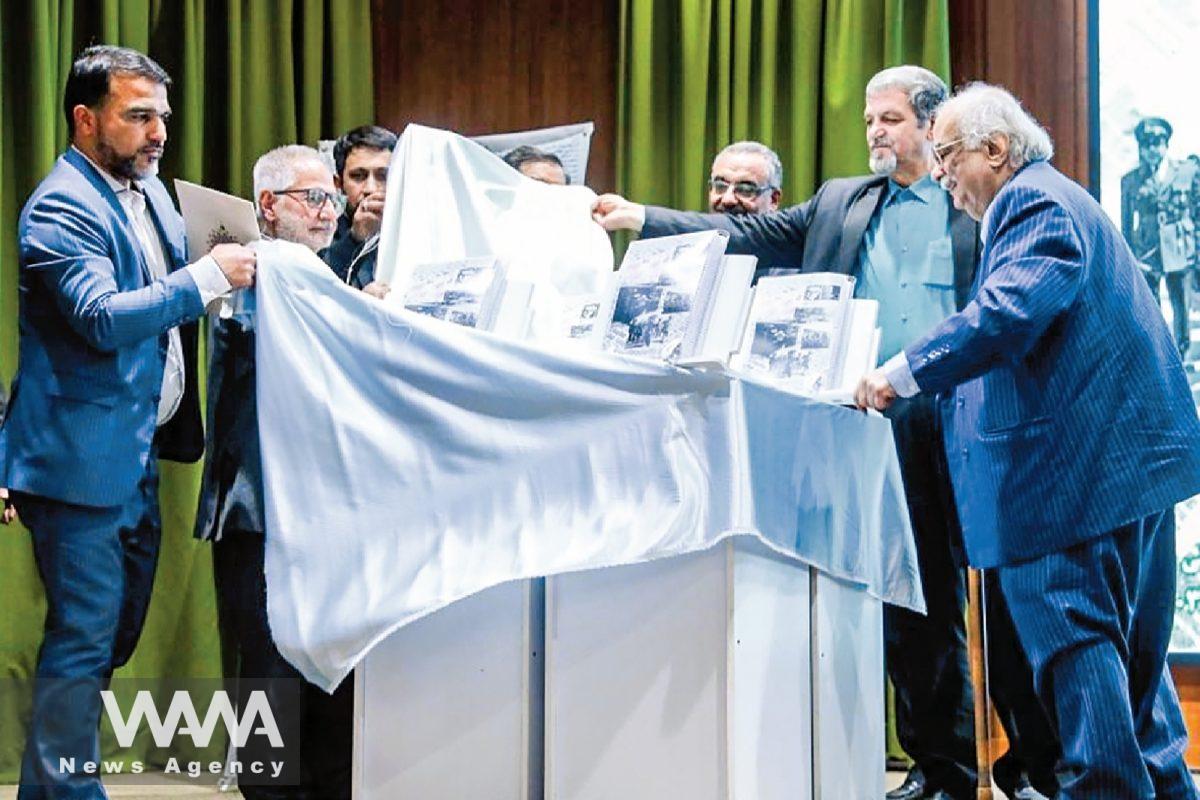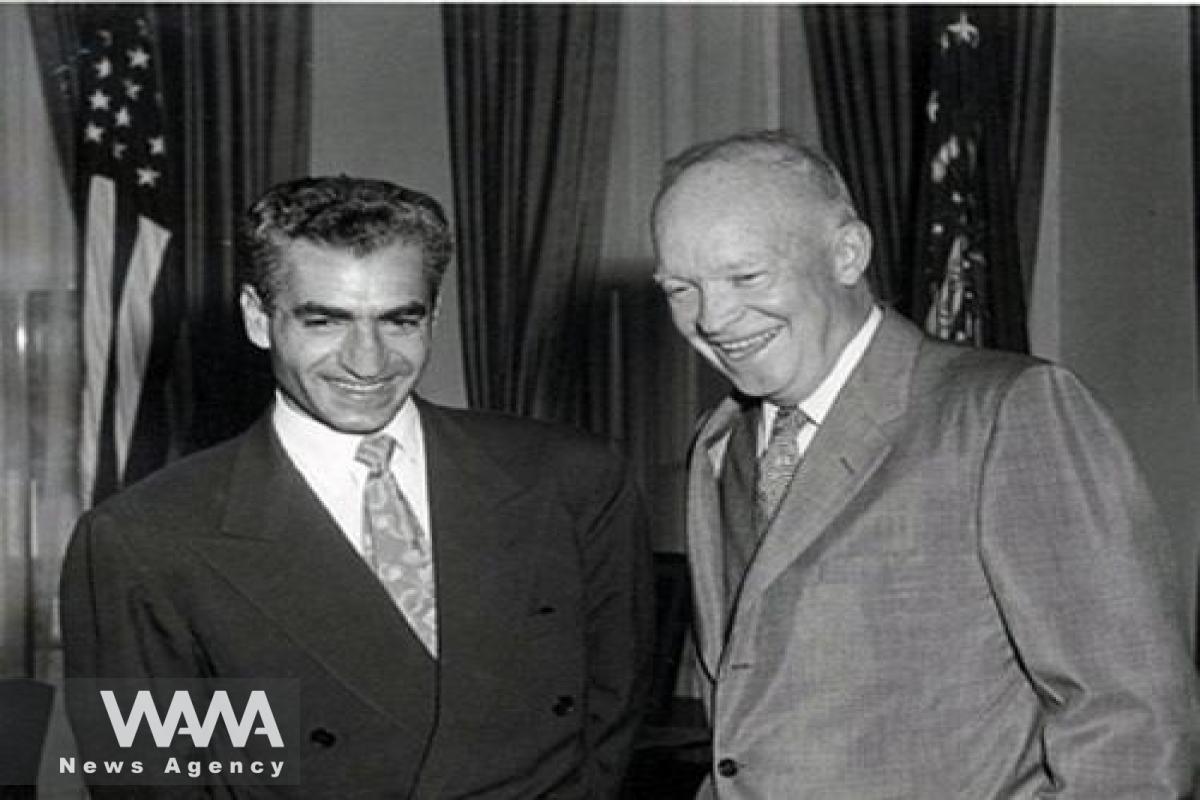Iran’s Lawsuit Against the U.S.: Seeking Accountability for the 1953 Coup
WANA (August 14) – On August 13, 2024, a ceremony was held at the former U.S. Embassy in Tehran to unveil Iran’s lawsuit against the United States for orchestrating the August 19, 1953 coup.
This event, attended by several prominent Iranian figures, highlighted the legal action that has reportedly garnered over 400,000 signatures.
The lawsuit aims to restore the material and moral rights of the Iranian nation that were lost as a result of the coup, through both domestic and international courts.
Background of the August 19 Coup
The August 19, 1953 coup is one of the most significant and pivotal events in modern Iranian history, leading to the overthrow of Dr. Mohammad Mossadegh, the legally elected Prime Minister of Iran.
The coup, carried out with the collaboration of the United States (CIA), the United Kingdom (MI6), and both internal and external agents, including inciting civil disobedience and employing thugs, not only toppled a legitimate government but also halted Iran’s development and progress for 25 years, reinstating foreign domination in the country.

Unveiling of the Lawsuit Against the U.S. Regarding the August 19th Coup. Social Media / WANA News Agency
Content of the Lawsuit
The lawsuit, drafted by a group of Iranian legal experts and attorneys, accuses the United States of being the primary architect of the 1953 coup, which caused significant material and moral damage to the Iranian people.
According to the lawsuit, the coup not only resulted in the overthrow of Iran’s legitimate government but also imposed over 25 years of plunder and repression on the country.
Some of the most significant damages cited include the looting of Iran’s oil resources by Western consortiums, the imposition of colonial treaties like the Baghdad Pact and CENTO, the separation of Bahrain from Iran, the imposition of capitulation, the suppression of freedom-seekers and the exile of Ayatollah Khomeini in June 1963, and the conversion of Iran into a market for Western consumer goods.
Impact of the Coup and U.S. Crimes in Iran
Professor Khosrow Motazed, a prominent scholar in contemporary history, highlighted numerous U.S. crimes in Iran during the ceremony, stating that these crimes were not limited to the August 19 coup.
He mentioned incidents such as the rape of an Iranian woman by American soldiers in Isfahan following the occupation of Iran in August 1941 and the looting of the country’s financial resources by the U.S. Motazed also referred to the issue of Iranian tablets sent to the University of Chicago in 1933 for translation and scientific study, noting that many of these tablets remain in the U.S. and should be returned to Iran.
Sardar Sohrab-Ali Shamkhani, the Legal Deputy of the IRGC, also spoke about the extensive presence of American military advisors in Iran after the coup, stating that this unusual presence, along with the plundering of the country’s resources, inflicted irreparable damage on Iran.
Shamkhani criticized the lack of serious pursuit of legal and political issues related to the coup in recent years and emphasized the need to list U.S. crimes and assess the extent of the damages inflicted.

Shah Mohammed Reza Pahlavi of Iran and President Dwight D. Eisenhower. all smiles in the early years following the ouster of Prime Minister Mohammad Mosaddeq. Social Media / WANA News Agency
International Reactions
Documents released by the U.S. National Security Archive in 2013 and the CIA in 2017 clearly demonstrate the active role of the CIA in planning and executing the 1953 coup.
These documents refer to Operation “Ajax,” which aimed to overthrow Mohammad Mossadegh’s government and replace it with one that would implement policies favorable to the U.S. These documents are part of a larger collection called “The Battle for Iran,” compiled by CIA historians for internal use.
The lawsuit against the U.S. for the 1953 coup seeks to restore the material and moral rights of the Iranian nation lost due to this coup. Based on the existing documentation and evidence, the lawsuit aims to hold the U.S. government accountable and seek reparations.
This action could be a significant step towards restoring historical justice and reclaiming the rights of the Iranian people, who have long been subjected to colonial policies.













